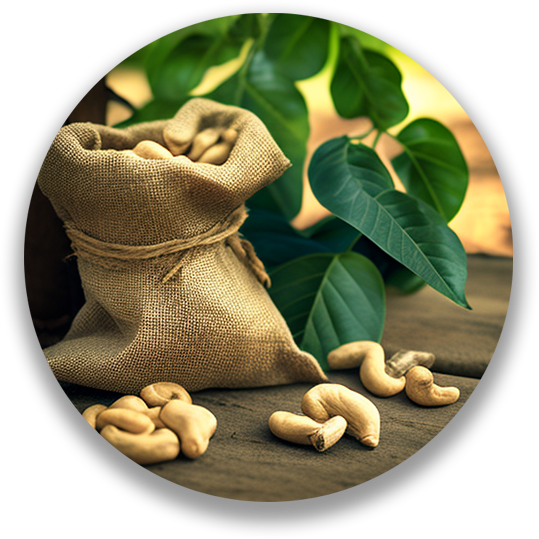Cashews

Anacardium occidentale, commonly known as cashew, is a nut, known for its creamy taste. Native to the state of North-eastern Brazil and South-eastern Venezuela, it was popularized all-over the world by the Portuguese.
The crop of cashew thrives well in the hot lowland’s tropics, which have stretch of dry spells.
Cashews are cultivated in an orchard and can go up to a height of fourteen metre, however, the dwarf variety that is of six metres, is better suited for commercial purposes as it starts producing fruits after three years only for economic use, in comparison to the fourteen-metre variant which needs eight years for this.
Farming of cashew, can be done in mostly all types of soil, however, the best suited one is well-drained sandy loam. Grafting, and mulching are two steps, very much essential to the farming of the cashews.
Currently, cashews are grown in India, Vietnam, Côte d’Ivoire, Guinea-Bissau, Tanzania, Benin, Brazil and other countries in East and West Central Africa and Southeast Asia. With India and Côte d’Ivoire and India as the top two producers.
The plant of cashew, produces the nut, hanging on a fruit, called as cashew apple.
The nut is widely used as a snack, as an ingredient for sweets or as curry bases. Recently, it is being used to produce cashew milk as well. While the fruit, is used to make alcoholic beverages, add flavour to non-alcoholic drinks, make desserts or consumed as, as it is at some places.
Cashews are power packed with antioxidant. Along with this, they are rich in copper, magnesium, fibre, heart-healthy fat and plant protein. They give a boost to brain health, bone health, immunity and energy levels.
